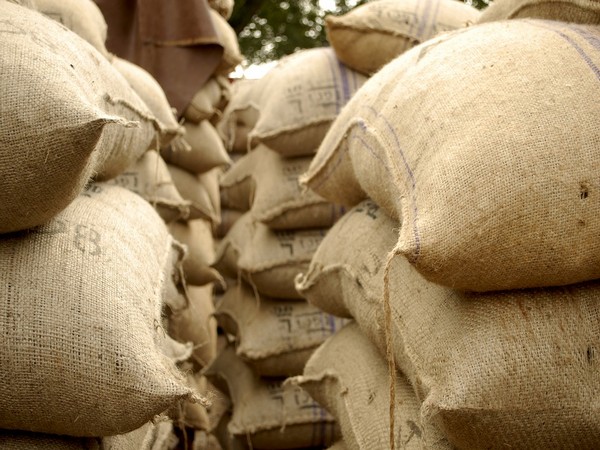Water crisis in Pakistan impacts food security
The ongoing water crisis in Pakistan has badly impacted the agriculture sector and agri-driven export industry as the situation is leading to severe drought in several areas of the country.

- Country:
- Pakistan
The ongoing water crisis in Pakistan has badly impacted the agriculture sector and agri-driven export industry as the situation is leading to severe drought in several areas of the country. Despite the grave situation, not much attention is being given by the Shehbaz Sharif-led Pakistan government.
"There has not been sufficient focus on tackling the water crisis by investing in water governance, safeguarding water resources or building small and localized dams for water conservation," said Arif Jabbar Khan, country director for Water Aid Pakistan as quoted by Daily Times. "Institutional confusion over responsibilities for the provision of water and water management has been another important problem at the national and provincial level," he said.
Notably, the crisis not only impacts Pakistan's agriculture sector, which contributes to 23 per cent of the nation's GDP, according to the media outlet, but is also an existential threat to energy and food security, and therefore national security. Pakistan is facing an extraordinary water shortage of around 50 per cent, the highest ever since 1991, according to the media reports.
The water shortage in Sindh has been a great issue. Not only Sindh province but also Punjab province is facing up to 75 per cent water shortage. According to the data shared by the Punjab Irrigation Department, the Taunsa Barrage supplied only 6,700 cusecs. It is 73 per cent less than its requirement of 25,000 cusecs. Moreover, the Thal Canal was facing 75 per cent scarcity as 2,000 cusecs of water were released into it against the need of 8,000 cusecs.
The Panjnad Barrage was also running with a 66 per cent shortage, receiving 4,300 cusecs against the requirement of 12,700 cusecs. Rasul Barrage was suffering 59 per cent water stress with a supply of 9,900 cusecs against the need of 24,200 cusecs. Both Sulemanki Barrage and Lower Bahawal Canal were facing 54 per cent shortage each, Sidhnai Barrage 51 per cent, Islam Barrage 50 per cent and Trimmu Barrage 43 per cent water scarcity. There was a 33 per cent water shortage in the Mailsi canal.
Experts have been warning for months that 26 per cent less snowfall than last year in winter, followed by negligible rainfall in March and April, meant very serious water problems this year, yet it raised no red flags in Islamabad. (ANI)
(This story has not been edited by Devdiscourse staff and is auto-generated from a syndicated feed.)
- READ MORE ON:
- Daily Times
- Punjab province
- Pakistan
- Sindh
- Islamabad










